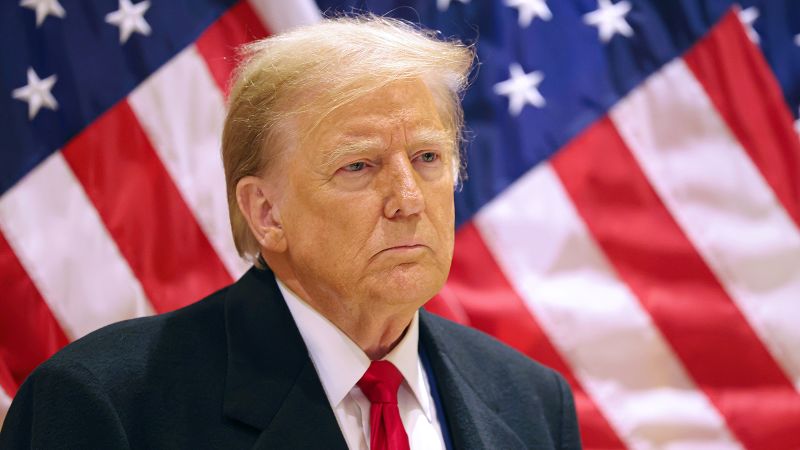Former President Donald Trump posted a video featuring an image of President Joe Biden tied up in the back of a pickup truck, which was filmed on Long Island during a visit to a wake for a fallen NYPD officer. The video shows two trucks with pro-Trump flags and decals, with the image of Biden on the back of the second truck. Trump’s campaign spokesman defended the image, stating that it was on a truck driving down the highway and accused Democrats and others of inciting violence against Trump and his family.
Biden’s campaign spokesman responded to the video, calling it “crap” that incites violence and referencing Trump’s past comments encouraging groups like the Proud Boys. The US Secret Service declined to comment on the video, stating they do not confirm or comment on matters of protective intelligence. This incident reflects Trump’s tendency to use dark and violent imagery in his campaign messaging, as his inflammatory rhetoric continues to fuel his White House bid.
Trump has made other controversial remarks in recent months, such as warning of a “bloodbath” for the US auto industry if he were to lose the 2024 election and proposing a 100% tariff on cars made outside the US. He has also made comments referring to migrants as “poisoning the blood” of the US and quoting Russian President Vladimir Putin to attack Biden. Trump’s fondness for foreign leaders who use anti-democratic measures has raised concerns among critics.
In one instance, Trump called his political rivals “vermin” at a campaign event in New Hampshire, drawing condemnation from Biden and others who likened his language to that of Nazi Germany. Trump warned of rooting out communists, Marxists, fascists, and the radical left, stating that the real threat comes from the radical left and is growing every day. Trump’s habit of using inflammatory language to describe his opponents reflects a pattern of divisive rhetoric that has characterized his political career.
The climate of political tension and violence in the US has intensified in recent years, with incidents like the attack on the Capitol on January 6, prompting concerns about the impact of Trump’s rhetoric. His supporters have rallied around his blunt and unapologetic style, while critics point to his language as contributing to a dangerous political atmosphere. Trump’s continued use of dark imagery and violent language in his messaging highlights the deep divisions within American society and the challenges of promoting unity and civility in political discourse.


